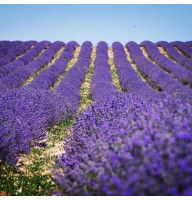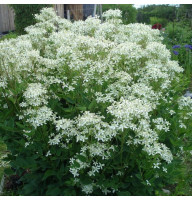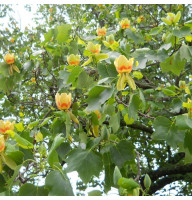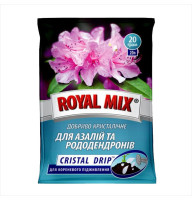Plant and forget? Alas, there are not so many problem-free perennials. And the most beautiful of them are especially demanding. In order not to feel sad in the spring over a frozen or broken bush, let’s find out which plants will need help first in November.
Perennial flowers
For astilbes, daylilies, phlox, hostas and many other perennials, mulching the bushes with dry peat, compost or humus is sufficient to insulate the root system. But some of their neighbors in the flower garden require additional protection in the form of a shelter made of spruce branches or a specially constructed frame covered with agrofibre.
Irises
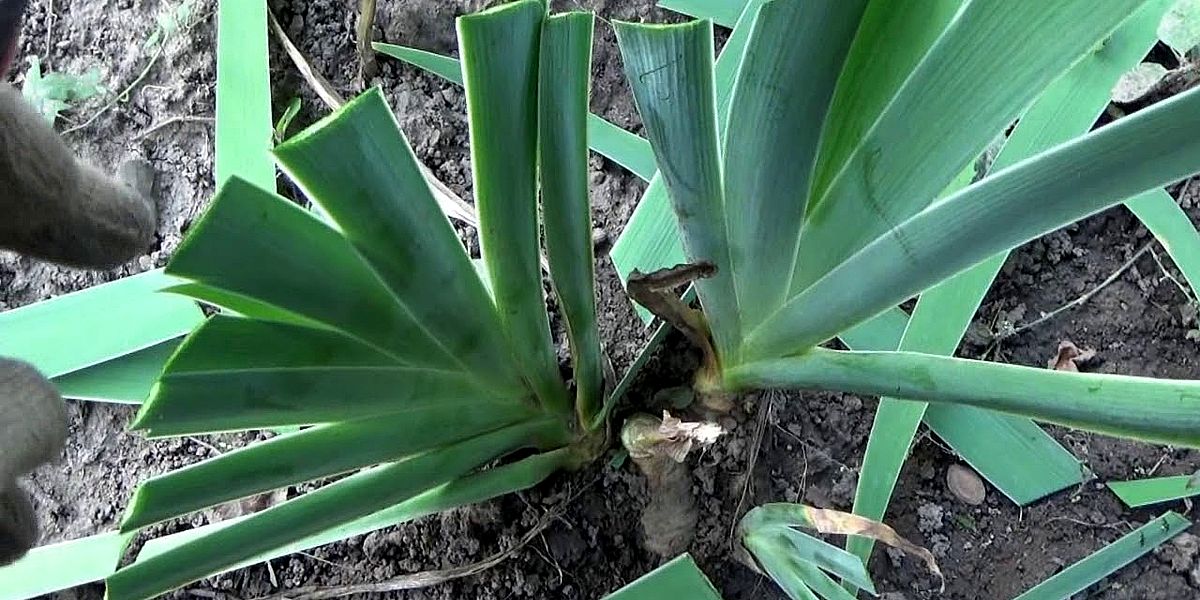
What types of insulation
In particular, a winter shelter should be built over some varieties of irises that are most sensitive to low temperatures:
- bulbous - Dutch, Japanese, Spanish varieties,
- rhizomatous - comb, nameless, tall bearded.
When to insulate
After the end of the rainy season and the onset of persistent frosts. In the middle zone this is approximately in the second half of November.
Preliminary preparation
Before insulation, you need to cut off dried leaves. Loosen the soil around the bushes. To avoid rotting, treat the top of the rhizome with a fungicide solution according to the instructions.
How to insulate
First, the bushes need to be mulched with a thick layer of humus, peat, straw or wood shavings. And then lay spruce branches and film on top, which will protect from precipitation. It is necessary to cover for the winter young plants of the first year of life, as well as adult 4-5-year-old bushes (regardless of the species!), whose rhizomes are already protruding above the ground.
Lavender
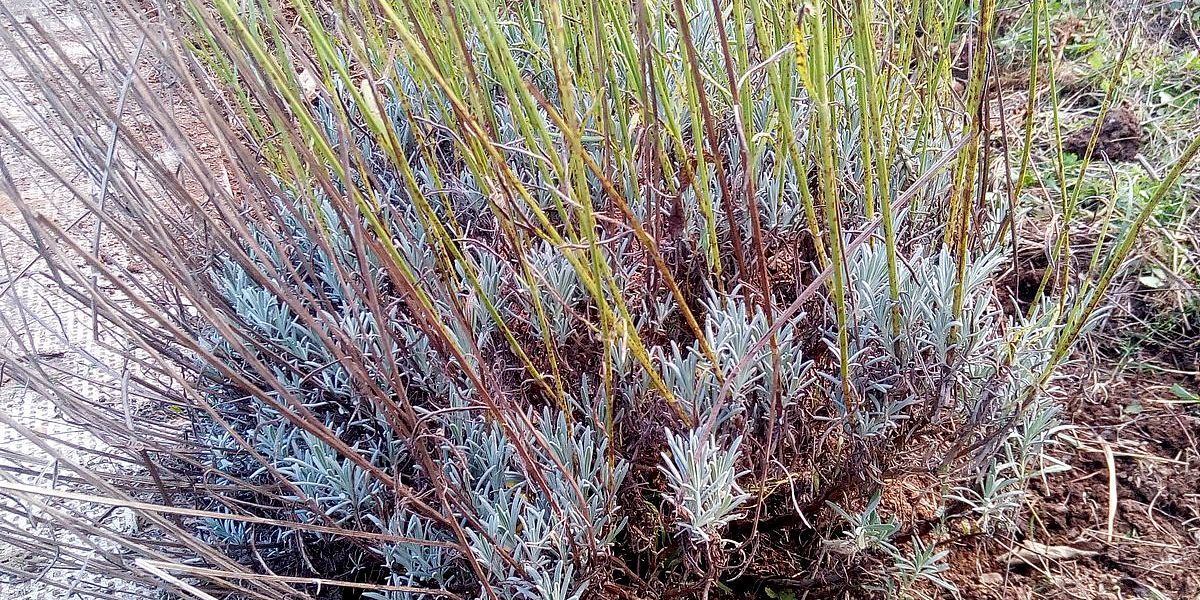
What types of insulation
It is advisable to plant french (broad-leaved) or dutch lavender in containers so that they can be transferred to a room with above-zero temperatures for the winter. And english (narrow-leaved) lavender, as well as lavender of other cold-resistant species and varieties, can winter without loss in our conditions only if there is good snow cover. In snowless winters with frequent thaws, all lavender clumps should be covered with spruce branches or non-woven material.
When to insulate
The construction of the shelter should begin with the onset of stable cold weather, not earlier than November.
Preliminary preparation
Before sheltering, shoots should be cut to 2/3 of their length. Then feed and loosen the soil under the bushes. All lavender branches that lie on the ground must be removed so as not to cause them to rot.
How to insulate
First, the soil under the plants is mulched with compost, dry peat, or pine needles. Then spruce branches are laid on top or non-woven covering material is thrown over. It must be pressed to the ground with stones or secured with ropes. If the winter is expected to be snowy and it is decided to leave the bushes without shelter, but only mulch them, then it is advisable to tie the shoots. Otherwise, snow that falls in large quantities can damage the central part of the plant.
Clematis
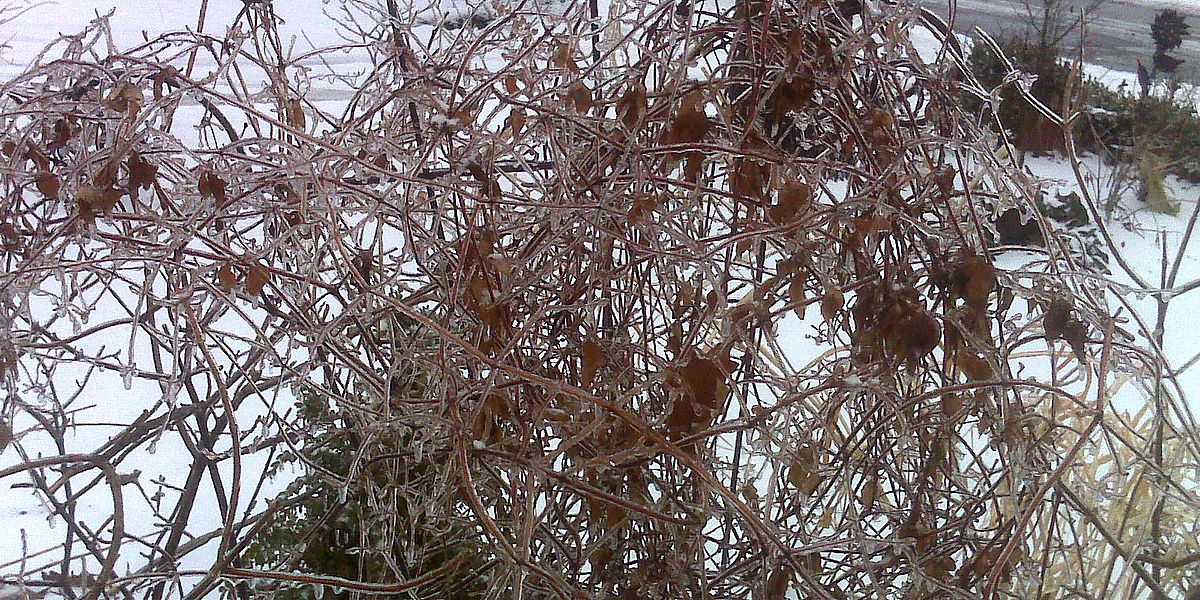
What types of insulation
Clematis of the 1st and 2nd pruning groups, which bloom on last year's shoots, need additional protection. It is enough to cut varieties of the 3rd group to a height of 20 cm and mound them with compost or humus (at the rate of 2 buckets of organic matter per adult plant).
When to insulate
Preparations for shelter should begin in advance, with the onset of the first night frosts. And when the temperature drops to 5-6 degrees below zero, then cover.
Preliminary preparation
Long clematis vines must be removed from the trellises. No matter how winter-hardy the variety is, the stems of the crop will experience great stress when touching metal supports (and even under the constant influence of icy wind). As a result, clematis will not please you with flowering next season, and in the worst case, it will die.
How to insulate
Clematis are sensitive not only to frost, but also to getting wet. Therefore, their branches need to be laid on «pillows» of cut stems of the clematis itself, spruce branches, boards and dry fallen leaves (without signs of disease). When laying, the shoots are wrapped in a breathable covering material (not film!). The top is additionally insulated with a second layer of spruce branches or leaves, and then a canopy is built, which should protect from precipitation.
Peonies
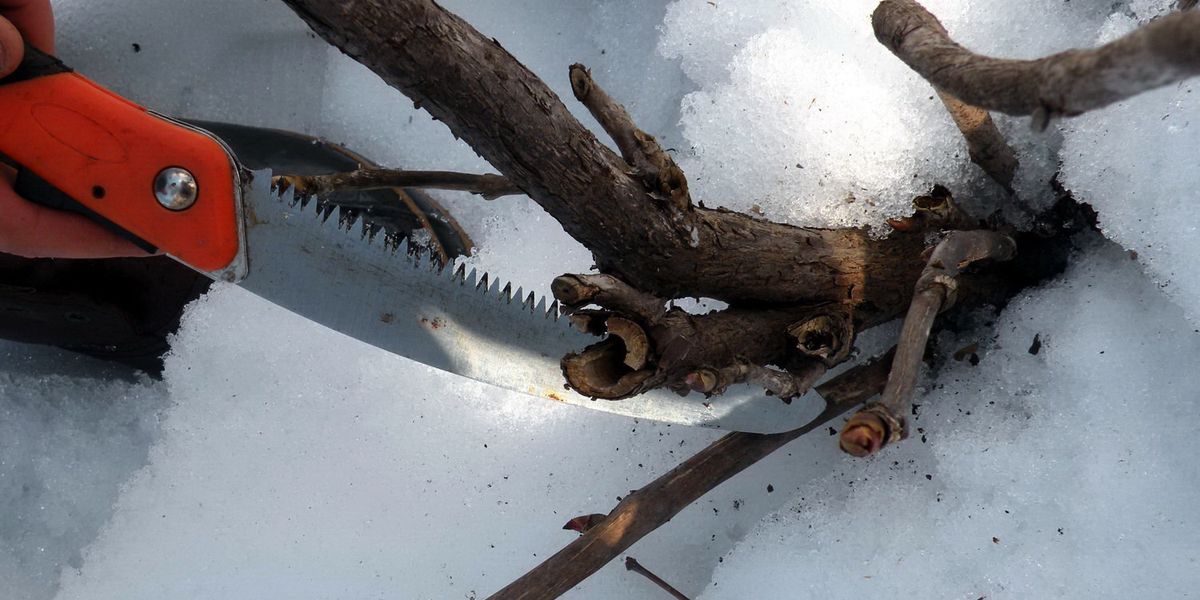
What types of insulation
For herbaceous peonies (especially young plants and mature bushes, if they have renewal buds protruding from the ground) it is enough to mulch with peat, compost or garden soil with a layer of about 10 cm thick. But tree peonies require much more attention.
When to insulate
With the onset of persistent cold weather. To be fair, tree peonies can withstand temperature drops even down to -30°C, but early thaws can cause harm to them: if the buds, warmed under direct sunlight, begin to grow, then when frost returns the plant will die, which is why the bush is covered.
Preliminary preparation
A few weeks before the cold weather, you need to remove the leaves from the bushes. Feed the soil with autumn fertilizers. Add dolomite flour to deoxidize the soil.
How to insulate
The branches need to be tied with rope to avoid breaking. Then mulch the ground under the bushes with compost, peat or humus (about 15 cm thick). Next, the bushes are wrapped in burlap or non-woven covering material (preferably a light shade) and secured with ropes, leaving small holes in the lower part for ventilation. To enhance the effect, young low bushes can be covered with large cardboard boxes, and huts made of spruce branches can be built above the taller bushes.
Ornamental shrubs
Many ornamental shrubs also need shelter before the onset of winter; without taking appropriate protective measures, they may lose their ability to bloom in the new season.
Hydrangeas

What types of insulation
The most capricious are large-leaved hydrangea and Sargent hydrangea. Young hydrangea bushes of all varieties also require mandatory shelter in the first two years after planting. But for paniculate hydrangea, mulching with dry leaves or compost will be sufficient for successful wintering.
When to insulate
Since hydrangea is not afraid of damping off, it can be covered already in the first half of November.
Preliminary preparation
Hydrangea needs to be fed with an autumn fertilizer complex. Then carry out sanitary pruning and cut off the foliage in the lower part of the bush - this will stimulate lignification of the shoots.
How to insulate
It is necessary to remove the remaining foliage from the shoots, and then carefully tie them and wrap them in agrotextile or spunbond. Next, the bushes should be covered with dry peat and mulched with fallen leaves (without signs of disease). Additionally, the bushes can be insulated with pine spruce branches and covered with plastic film to protect them from moisture.
Rhododendrons

What types of insulation
Most rhododendrons require special shelter. Bushes of all types of azaleas under 4 years old also need protection from frost and cold wind.
When to insulate
Not before the air temperature reaches - -8-10°C. Otherwise the bushes may dry out.
Preliminary preparation
Flowers need to be fed with potassium-phosphorus fertilizer. Perform sanitary and formative (for adult bushes) pruning. Clear the tree trunk circles of weeds and other debris; fallen rhododendron leaves can be left. Carry out moisture-charging irrigation. Mulch the soil under the bushes with loose organic material - sawdust, pine bark, pine needles, high-moor (red) peat.
How to insulate
Mount a frame of wooden or metal stakes, tie them on top and cover them with breathable dense material (secure the edges with rope or wire). Long arcs can also be used as a frame by installing them crosswise over the crop. But to avoid contact of the plant with the covering material, bushes with spreading branches must be tied with rope or twine.
Roses
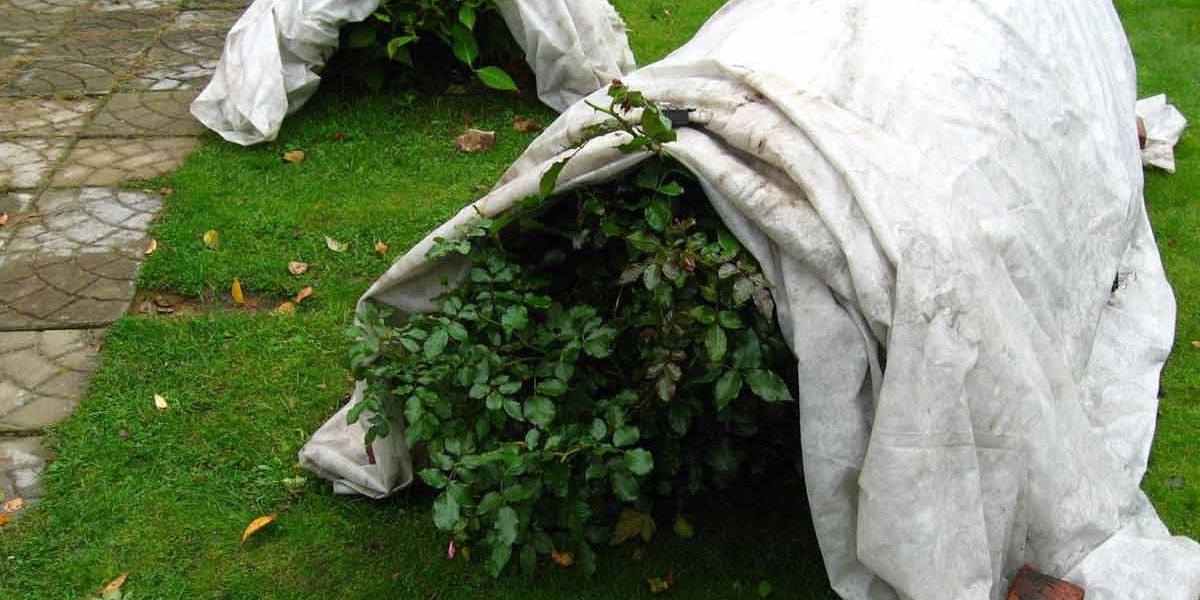
What types of insulation
No matter how cold-resistant the rose is, all its varieties, without exception, require hilling and mulching of the soil with dry peat, compost or sawdust (a mound at least 20 cm high). Enhanced protection is required for heat-loving roses, but the method of constructing additional shelter over them depends on the variety of crop.
When to insulate
After the first light frosts, this will help harden and strengthen the plants.
Preliminary preparation and insulation of climbing roses
Long shoots need to be pinched and cleared of leaves. Sprinkle the cut areas with crushed coal. Remove the shoots from the trellis and tie them with a rope. Place «pillows» made of coniferous spruce branches or other materials that are not subject to rotting under the shoots. Then carefully lay the tied shoots and build a hut on them from spruce branches or wooden blocks. And cover the top with thick spunbond.
Preliminary preparation and warming of bush roses
After pruning and hilling, you need to install frames from scrap materials over the bushes, and wrap them on top with agrotextiles and cover them with spruce branches with the needles down.
Warming ground cover roses
They can be covered with a layer of spunbond or lutrasil.
Coniferous plants
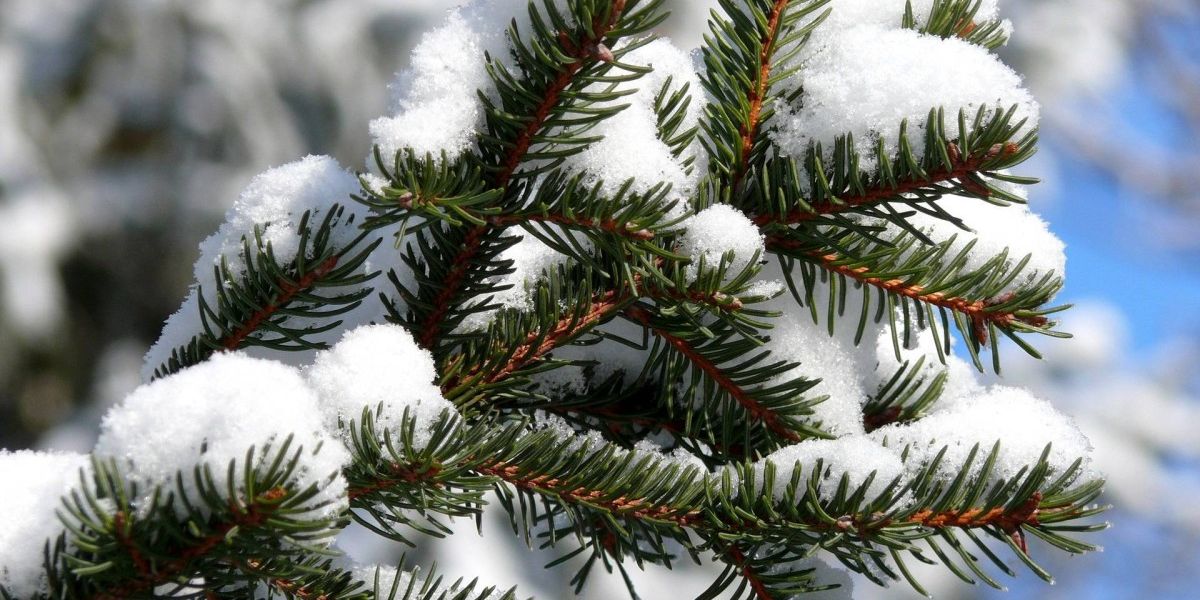
What types of insulation
All exotic conifers (cedars, cypresses, firs) come from southern latitudes, and therefore need shelter for the winter. It is also necessary to protect young coniferous plants of zoned varieties that were planted this season from freezing and icy winds. Spruces, thujas and junipers are afraid not only of low temperatures, high snow loads, but also of bright sun.
When to insulate
Not before the temperature drops to -5°C.
Preliminary preparation
Before covering, coniferous branches must be carefully tied together with soft twine or strips of fabric (to maintain the shape of the crown).
How to insulate
Coniferous plants need to be wrapped in spunbond or burlap, which partially transmits sunlight necessary to maintain the process of photosynthesis in the needles.

